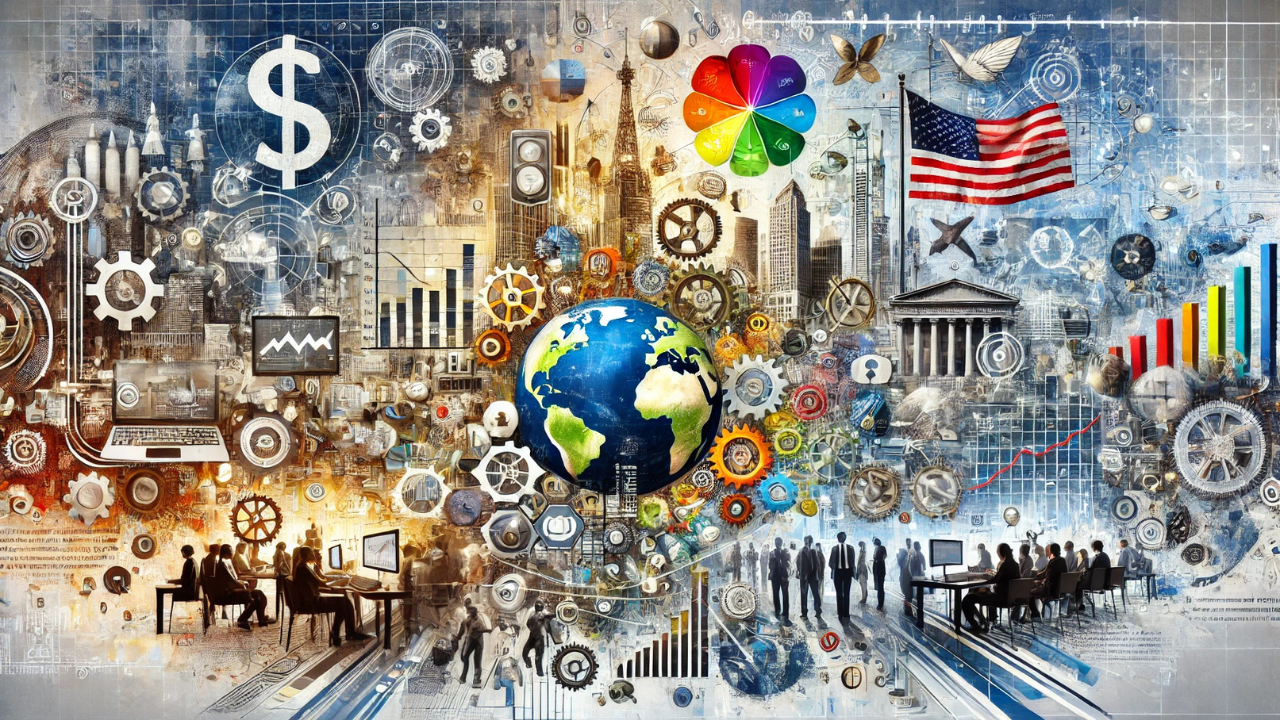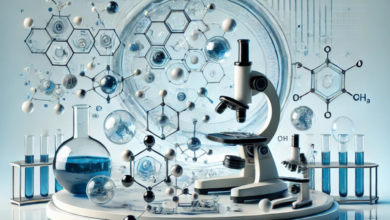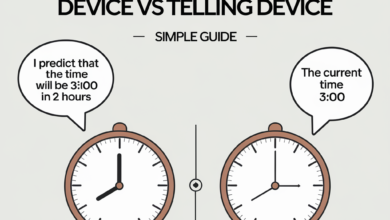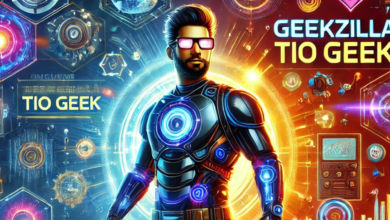1. Introduction: Defining “Today’s Context”
In an era defined by constant change, the term “today’s context” is more important than ever. It refers to the current state of the world around us—how technology, society, culture, and politics converge to shape our experiences, todays contexto behaviors, and choices. Understanding today’s context is essential for navigating a world where the pace of change is faster than ever before. It provides a framework for interpreting news, making decisions, and understanding societal shifts.
The significance of today’s context lies in its ability to guide individuals, businesses, and governments through the complexities of modern life. As global interconnectedness increases, the context in which we operate is constantly evolving. This evolution can be seen in technological advancements, cultural trends, economic shifts, and political movements. By understanding the context, we can better predict outcomes, adapt to challenges, and seize opportunities in a fast-paced world.
At its core, “today’s context” encourages us to consider the broader picture. It pushes us to move beyond isolated events and look at the interconnections that define our current reality. Whether you’re a business leader, a policymaker, or an individual looking to make informed decisions, understanding today’s context allows you to make better, more relevant choices.
2. The Impact of Technology on Today’s Context

Technology is perhaps the most defining force in today’s context. Its rapid advancement has revolutionized every aspect of human life, from communication to work to leisure. The internet has transformed how we connect, share information, and conduct business. Digital platforms like social media have altered how we interact, creating a global community that transcends borders and cultural differences. The rise of artificial intelligence (AI) and automation has further accelerated these changes, reshaping industries and creating new job opportunities while rendering others obsolete.
One of the most significant impacts of technology is the way it has transformed communication. In today’s context, information is exchanged instantly across the globe. Whether it’s through a simple tweet or a video call, technology has bridged the gap between people, allowing for unprecedented levels of connectivity. This interconnectedness has allowed for the rapid spread of ideas, trends, and even social movements, creating a more informed and aware global populace.
However, this digital revolution also brings challenges. The constant connectivity can lead to information overload, making it difficult for individuals to filter out relevant data. The rise of social media has also sparked debates about privacy, data security, and the spread of misinformation. As society becomes increasingly dependent on digital platforms, understanding how technology shapes today’s context is crucial for navigating both its benefits and pitfalls.
3. Social and Cultural Shifts in Today’s Context
In addition to technological changes, today’s context is deeply influenced by social and cultural shifts. These shifts reflect changing values, behaviors, and priorities that are reshaping society. One of the most notable changes is the growing emphasis on diversity, inclusion, and social justice. Movements advocating for gender equality, racial equality, and LGBTQ+ rights are now at the forefront of public discourse. These cultural shifts are challenging long-held norms and pushing society to rethink its traditional structures.
The role of social media cannot be overstated in this cultural transformation. Platforms like Instagram, Twitter, and TikTok have given individuals the power to influence public opinion and challenge societal norms. Activists use these platforms to raise awareness about various issues, sparking global conversations about injustice, inequality, and the environment. In this way, social media has become a tool for social change, shaping the cultural fabric of today’s world.
These shifts in social and cultural values are not confined to one geographical area. Globalization has ensured that ideas and movements spread across continents, creating a more interconnected and interdependent world. As a result, cultures are blending, influencing each other, and creating a new, more globalized identity. This interconnectedness is helping to shape a world that is increasingly diverse and inclusive, yet also more complex and nuanced.
4. Economic and Political Dimensions of Today’s Context
The economic and political landscape of today’s context is equally dynamic. The global economy is undergoing a transformation as traditional industries are disrupted by new technologies, changing consumer behaviors, and shifting geopolitical power. The rise of the gig economy and remote work has changed the way people earn a living, offering more flexibility but also creating new challenges around job security and worker rights. At the same time, the increasing automation of labor has sparked debates about the future of work and the need for retraining and reskilling workers.
On the political front, today’s context is characterized by growing polarization and ideological divides. Social and political movements, driven in part by the power of digital platforms, are reshaping political discourse in many parts of the world. In countries like the United States and Brazil, political parties are becoming more entrenched, with deep divides on issues like climate change, immigration, and healthcare. This polarization makes it difficult for policymakers to reach consensus, leading to gridlock in legislative bodies.
Geopolitical tensions also play a significant role in shaping today’s context. The rise of China as a global superpower, the ongoing conflicts in the Middle East, and tensions between Western and Eastern powers all contribute to a volatile global environment. These tensions affect everything from international trade to diplomatic relations and security. Understanding the economic and political dimensions of today’s context helps individuals and businesses anticipate risks and opportunities in an ever-changing world.
5. Today’s Context in Everyday Life
The impact of today’s context is felt not only in global arenas but also in our everyday lives. The rapid changes in technology, culture, and politics shape our decisions, behaviors, and lifestyles. For example, the growing concern about climate change has influenced many people to adopt more sustainable practices in their daily routines. From reducing waste to choosing eco-friendly products, individuals are increasingly aware of the environmental impact of their choices.
Technology also plays a significant role in our personal lives. The proliferation of smartphones, wearable devices, and home automation systems has made it easier to manage daily tasks and stay connected. At the same time, these technologies have introduced new challenges related to screen time, privacy, and mental health. The constant bombardment of information and notifications can contribute to stress and anxiety, highlighting the need for balance in a hyper-connected world.
Moreover, the ongoing shifts in social and cultural values influence how we view relationships, work, and personal identity. There is a growing emphasis on work-life balance, mental health, and self-care, reflecting a broader cultural recognition of the need for holistic well-being. As today’s context continues to evolve, these trends will likely shape how individuals prioritize their personal and professional lives in the years to come.
6. Conclusion: Embracing Today’s Context
In conclusion, understanding today’s context is crucial for navigating a rapidly changing world. Whether you’re an individual looking to adapt to new technologies, a business leader aiming to stay ahead of market trends, or a policymaker grappling with global challenges, being informed about the current context allows for more strategic decision-making. Embracing today’s context means being open to change, willing to learn, and prepared to adjust your mindset in response to the shifting dynamics around us.
As technology, culture, and politics continue to evolve, so too must our approach to living and working in today’s world. Staying informed and adaptable will be key to thriving in the future. By understanding the interconnectedness of today’s context, we can better navigate the complexities of modern life and contribute to a more informed, inclusive, and sustainable society.
7. FAQs
What does “today’s context” refer to in modern society?
Today’s context refers to the current state of the world, including social, cultural, technological, economic, and political factors that influence how we live, work, and interact with one another.
How does technology influence today’s context?
Technology has transformed communication, business, and personal life, leading to a more interconnected world. It also brings challenges such as privacy concerns, misinformation, and the need for digital literacy.
Why is it important to understand cultural shifts in today’s world?
Cultural shifts reflect changing values and social norms. Understanding these shifts allows individuals and organizations to adapt to new expectations, promote inclusivity, and engage with diverse communities effectively.
How can individuals adapt to the rapidly changing political and economic landscape?
By staying informed, being open to change, and developing skills that are relevant in the modern economy, individuals can navigate political and economic shifts more effectively.
What are some practical ways to stay informed about today’s context?
Reading news from multiple sources, engaging with social media platforms, participating in community discussions, and continuously learning about new technologies and trends are all effective ways to stay informed.
You May Also Read: https://ventsbuzz.pro/sportsurge/




